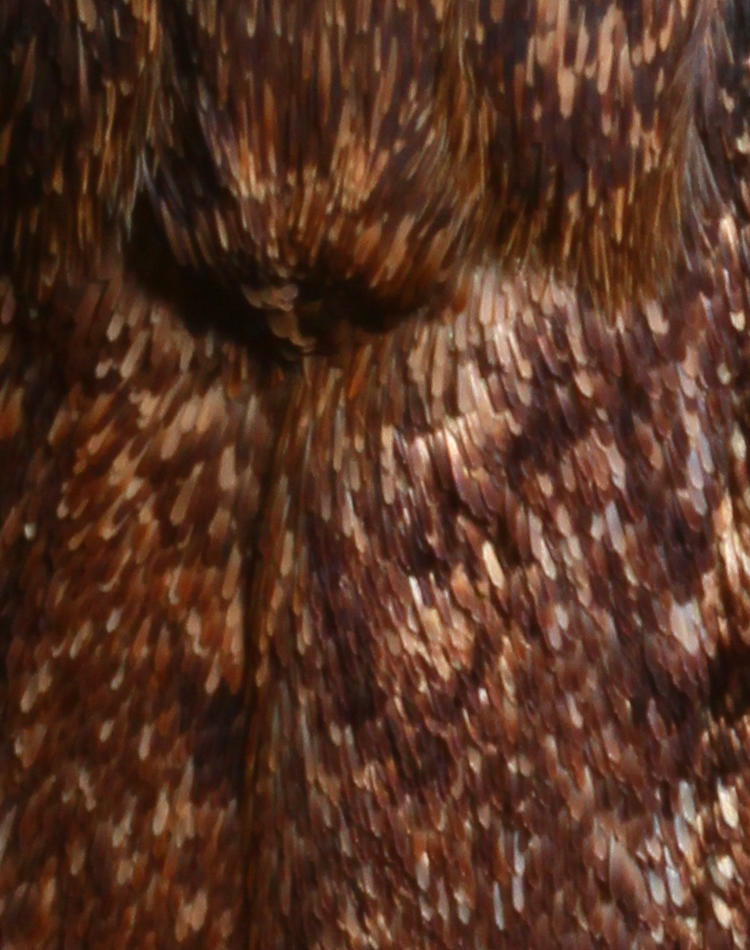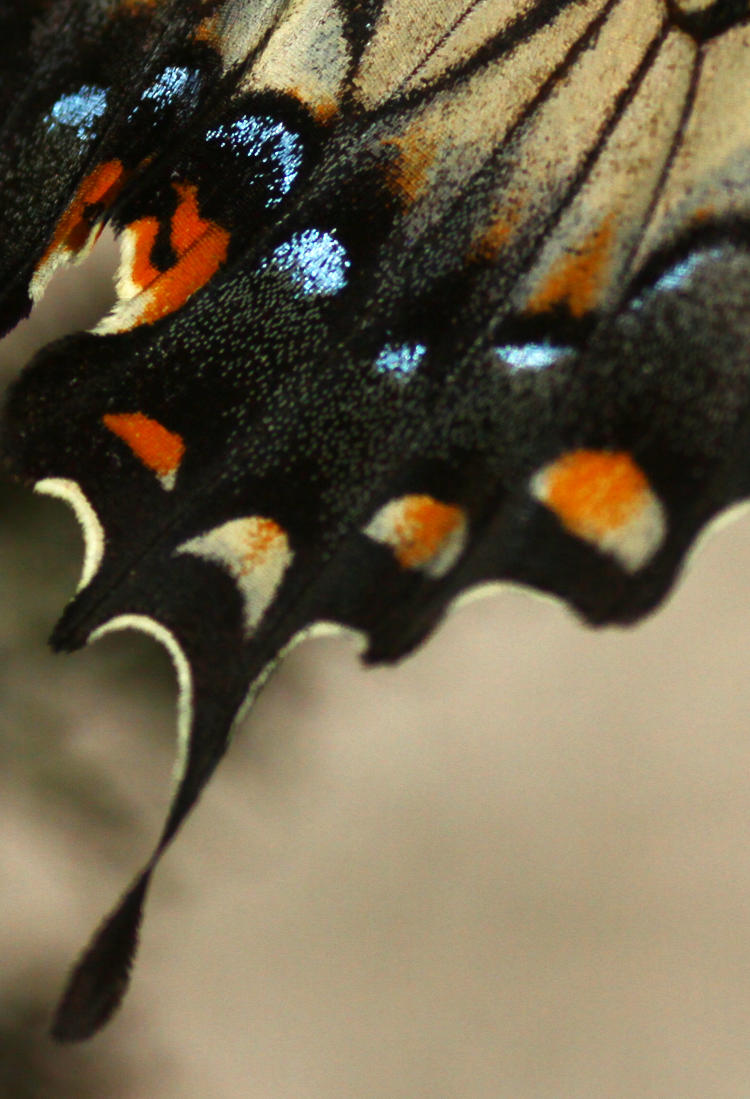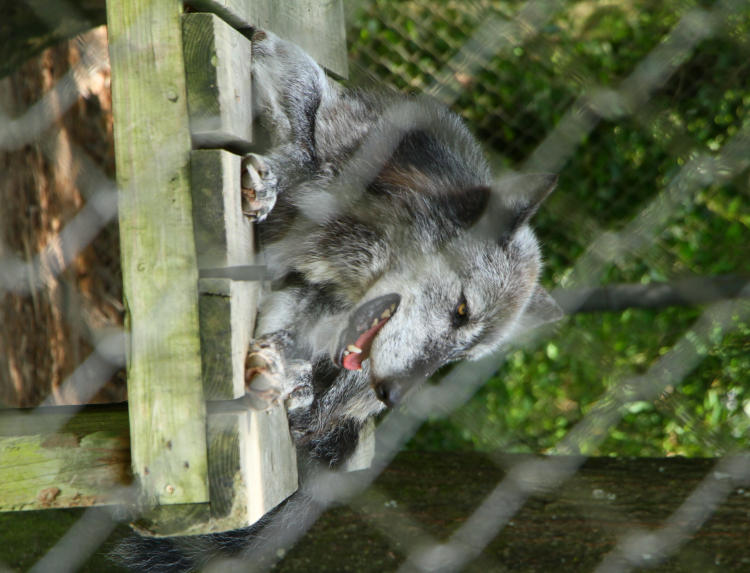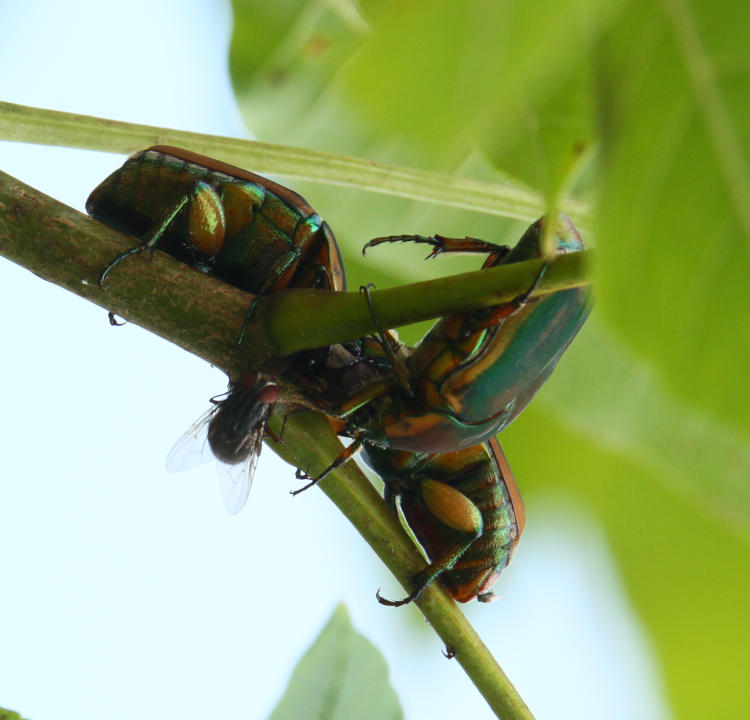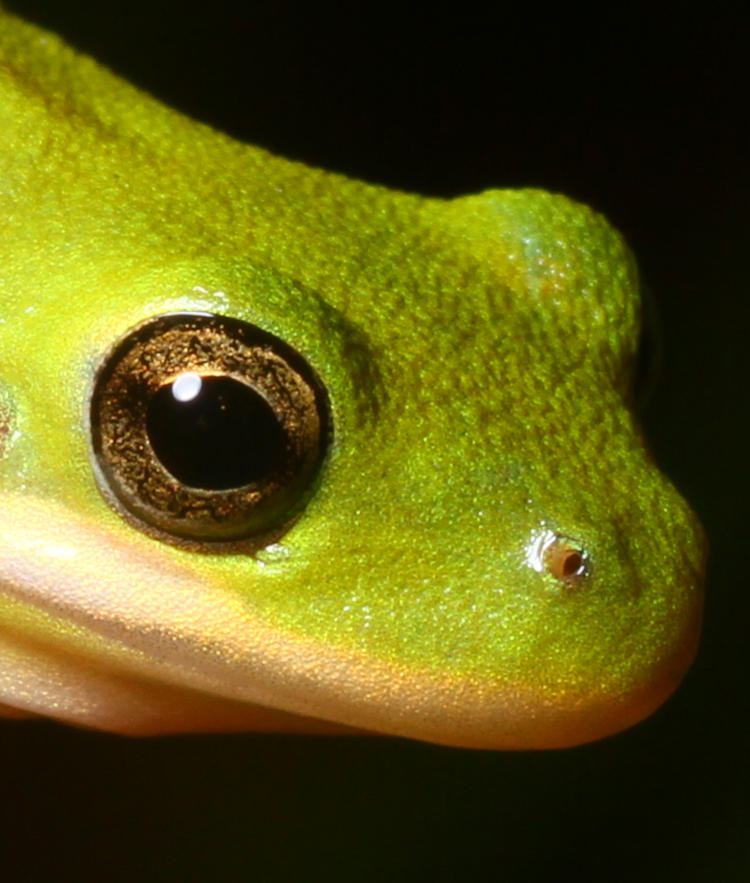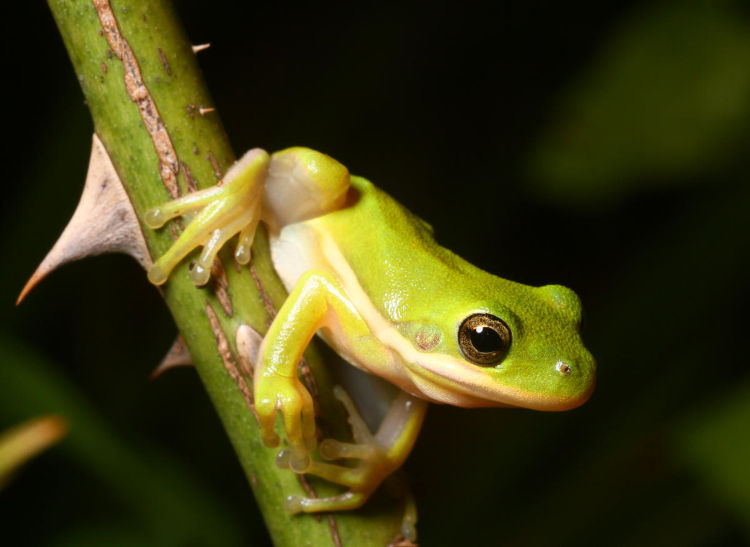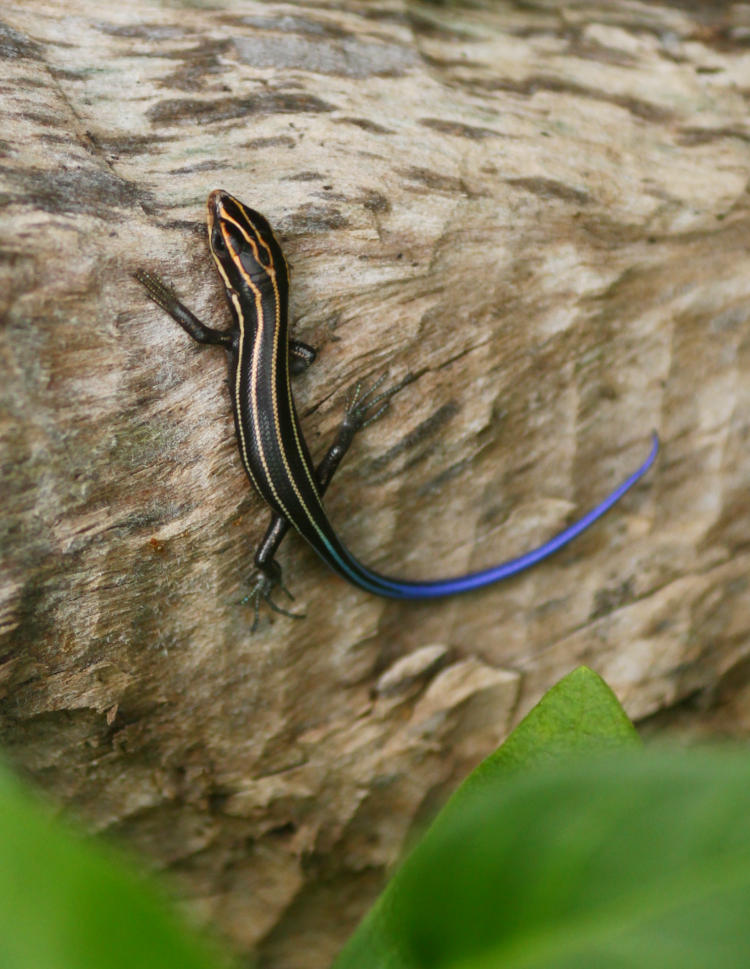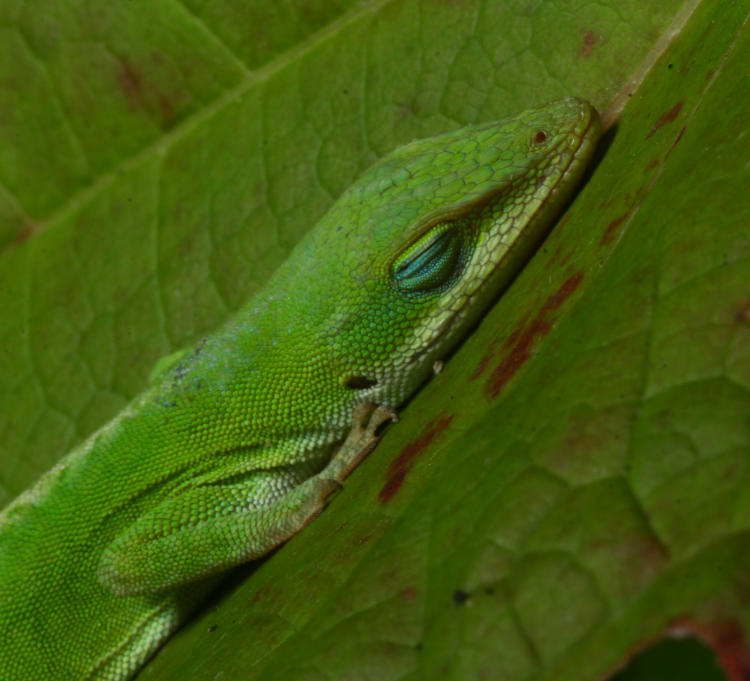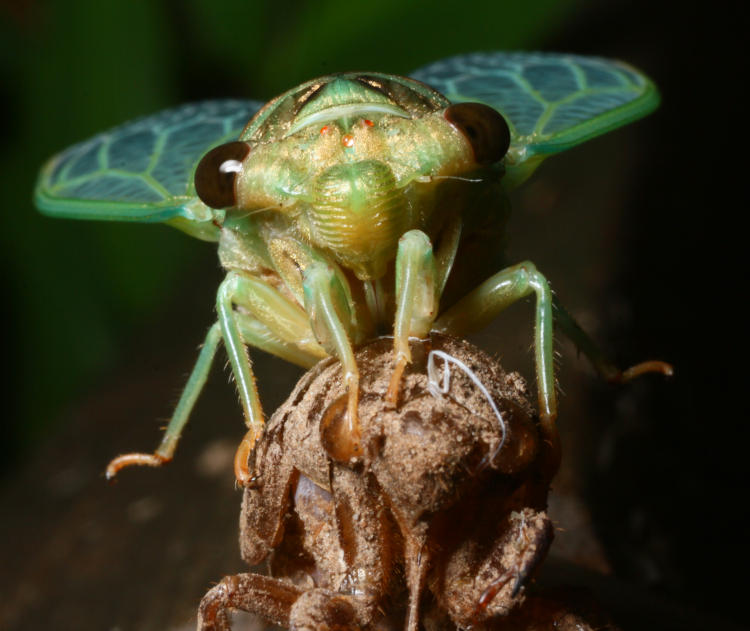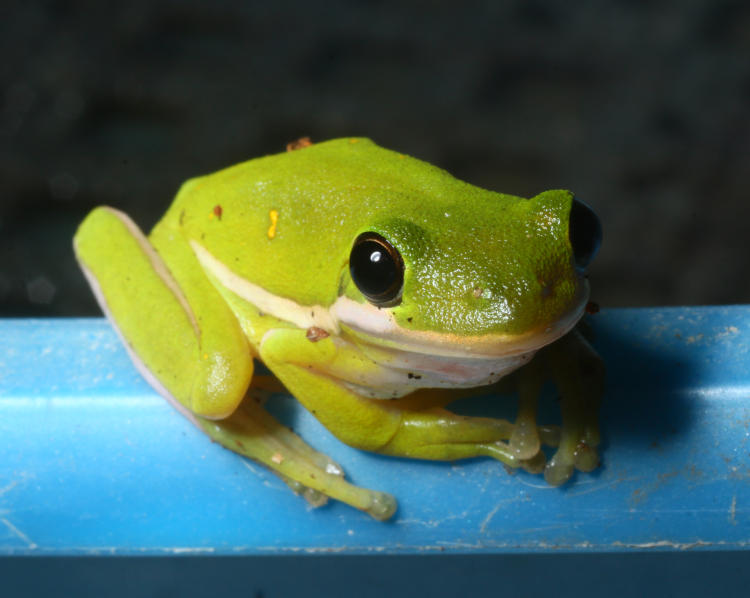Yet another holiday rears its ugly head, but this time I was unable to celebrate it, and I apologize for not letting you know sooner, but what am I, your mother? (Seriously, am I? Because there’s a period from my early thirties that is largely blank, and I suspect my memory was wiped, so who knows what I was up to?) Anyway, the holiday is (still, as I type this, so you have a chance,) International Capture A Red Sprite Day. No, it’s not about soft drinks nor communist elves, but the vague and ephemeral discharges that occasionally happen above electrical storms. There is a very slim chance that I captured a couple of vestiges a few years back, but of course that was not on the holiday. Now, I have these as a goal on my mental list constantly, but most times I haven’t the distant view of storms that is necessary, so opportunities have been scarce. But as lightning was seen sporadically to the south of Walkabout Studios, I trekked down to Jordan Lake to see what could be found.
None of the visible thunderheads were producing anything at all, however, and I could tell where the thunderheads were because the moon was quite bright and largely unobscured from my location, so it was lighting up any clouds within 40 kilometers or more. I decided to play around with this light since I’d made the trip.

I could just barely make out this heron from where I stood, and fired off a few frames to see what I could capture – this is 12 seconds at f8, ISO 400, and strictly moonlight on the water. The heron didn’t have to stand still for too long, but was nicely cooperative in that respect.
And a similar one.

I’ve passed these rocks dozens of times – they’re just rocks, nothing at all remarkable about them – but the moonlight on the water worked fairly well with them. I pretend I can do fartistic things now and then, when I’m not pretending I’m an astronaut race car driver.
The few clouds soon vanished almost entirely, and between aircraft (there was a serious buttload of planes coming in and out of Raleigh-Durham Airport, of which the lake sits in line with the approach and departure corridors,) I played around with other things by moonlight, because again, I was already there. There wasn’t anything particularly noteworthy about this one, except for the interloper:

See the large indistinct blurs in the sky? Yeah, I couldn’t while framing and focusing, because it took a two-minute exposure to even show them this well, but I saw it when I chimped at the image afterward. I then took the headlamp and went around to the front of the camera to chase off the lacewing, who was wandering around on the glass during the exposure and, I found, there for a previous exposure as well. This is the second time that I’ve had insects on my lens while doing time exposures at this very location, so I suspect they’re doing it on purpose.
All of these were actually taken last night, before midnight, so weren’t even during the holiday in the first place, but I would have lied had I actually caught a red sprite. Regardless, I figured I’d exhausted my options and was packing up and heading back towards the car when I caught a dim flash of light in the sky – and then another. Cutting through a small copse of trees on a point of land, I found that many kilometers away (the far side of Raleigh,) there was an active thunderhead, so distant that no lightning could show over the horizon, but the clouds were lighting up – significantly, I might add, because I was seeing them through the trees. So, I set up the tripod aimed in that direction now.

Exposure times and settings were tricky, because the moon was very bright now and the sky could easily become too exposed to show much, especially of the distant storm. I hadn’t brought the long lens so this is at 135mm, and there was nothing I could do about the electrical poles in the image. This is just to show what the thunderhead itself looked like in the conditions, and is 11 seconds at f8, ISO 800 – the storm would produce two to three bursts of light within the clouds in that time, fairly dependably. But now I had my holiday opportunity! Knowing (now) that red sprites tend to happen very high above the clouds that they emanate from, I switched to vertical and much wider, to see what I could of the sky above the storm.
![]()
Alas, despite the clear sky, the thunderhead was only 40-50° off from the bright moon with the humidity still high, so the sky would light up significantly with even relatively short exposures – this is a mere 17 seconds, f11, ISO 800, and while I only suspect that I’ve actively seen (as opposed to capturing within the camera) a sprite once or twice, I’m fairly confident they’re quite dim. Meaning this much light in the sky was likely enough to obscure them had they occurred, though I was watching carefully and saw nothing even remotely like one.
While doing this, however, it passed midnight and made it today, which meant I was now on holiday time. Motivated by this, I remained and fired off several more frames in the vague hope that I might at least find something under enhancement, but it was not to be. It will happen one of these days, because I’m determined to capture some and of course the determination of human beings transcends luck and physics – except when it doesn’t, but that’s only because someone didn’t pray hard enough. Or so I’m told…




















































